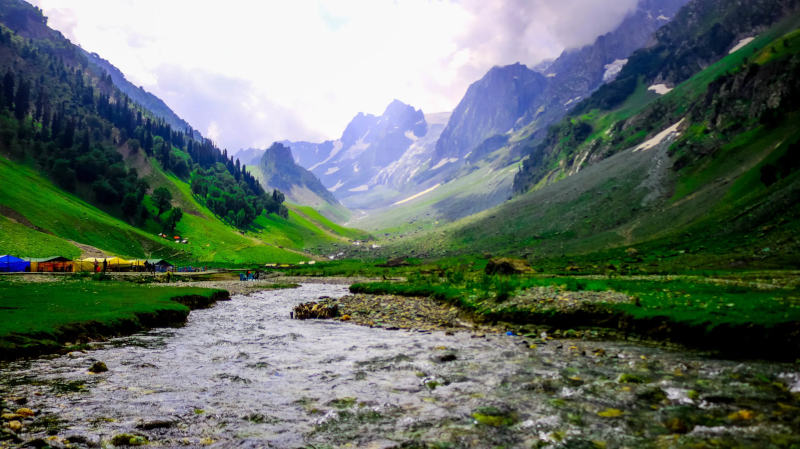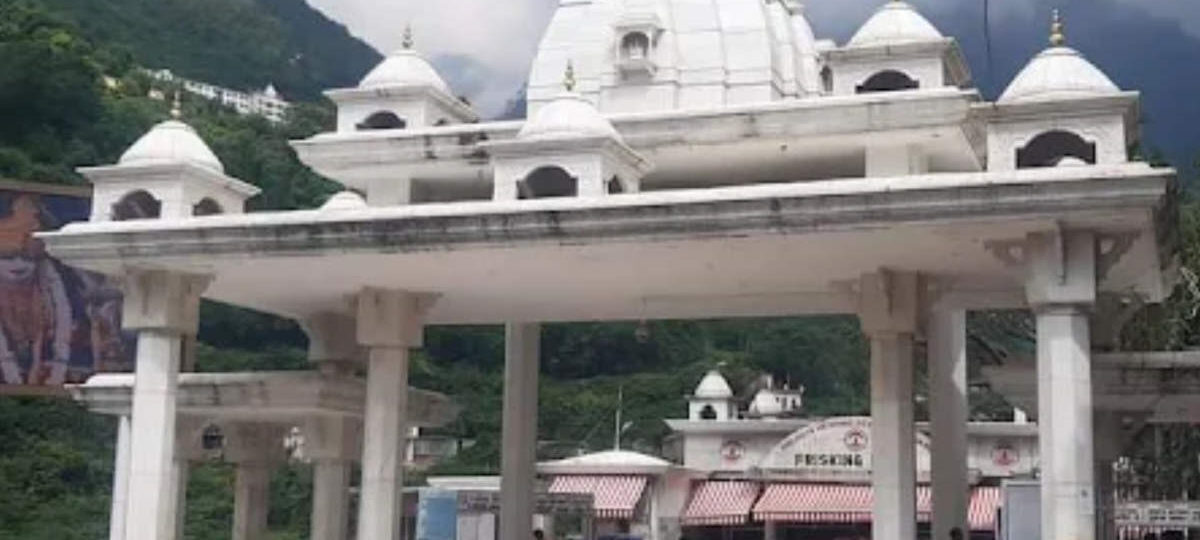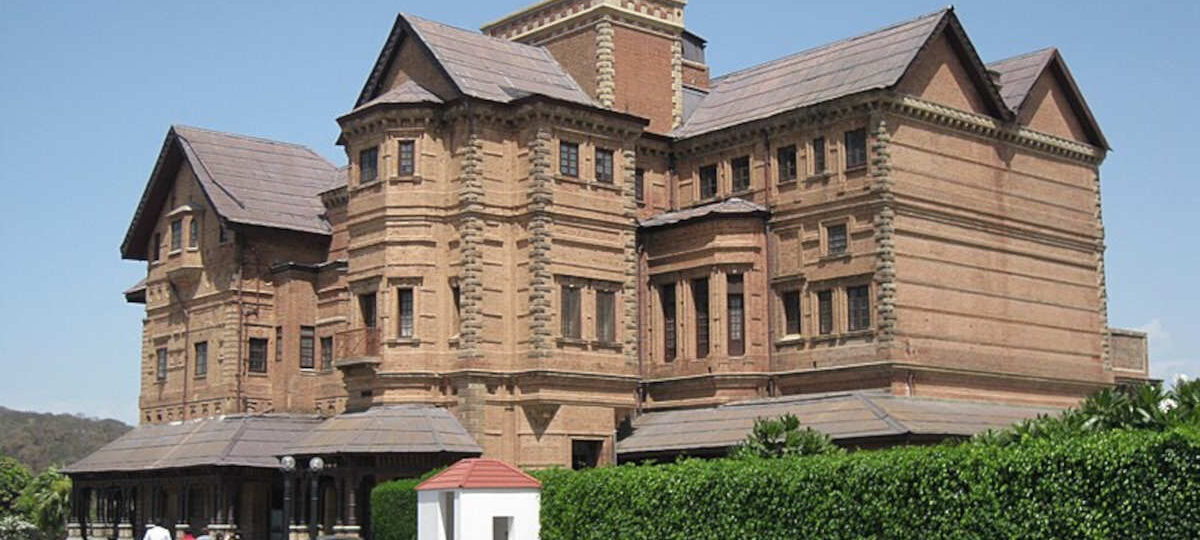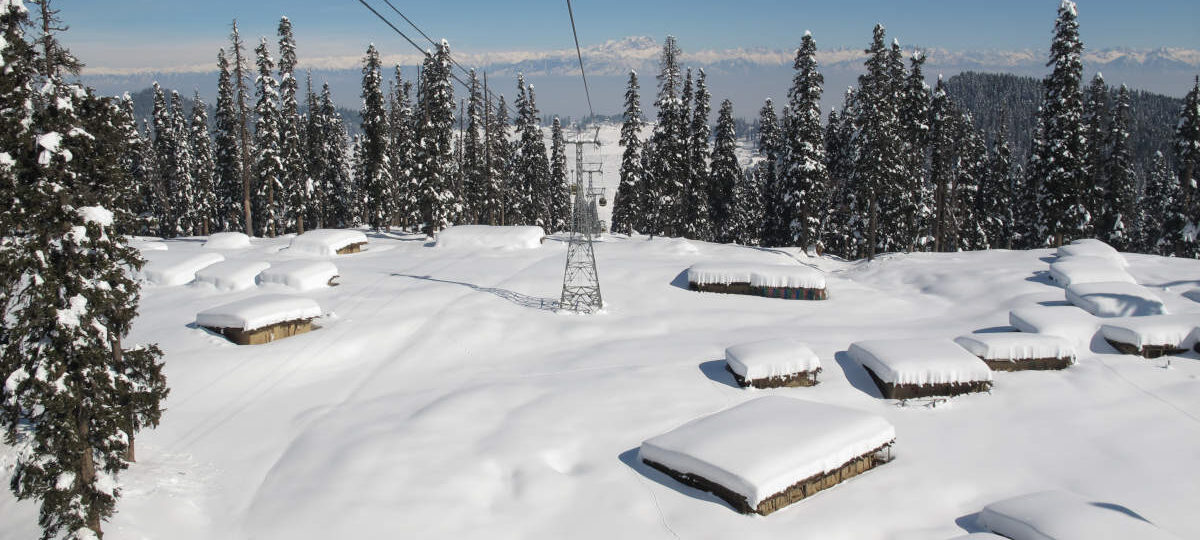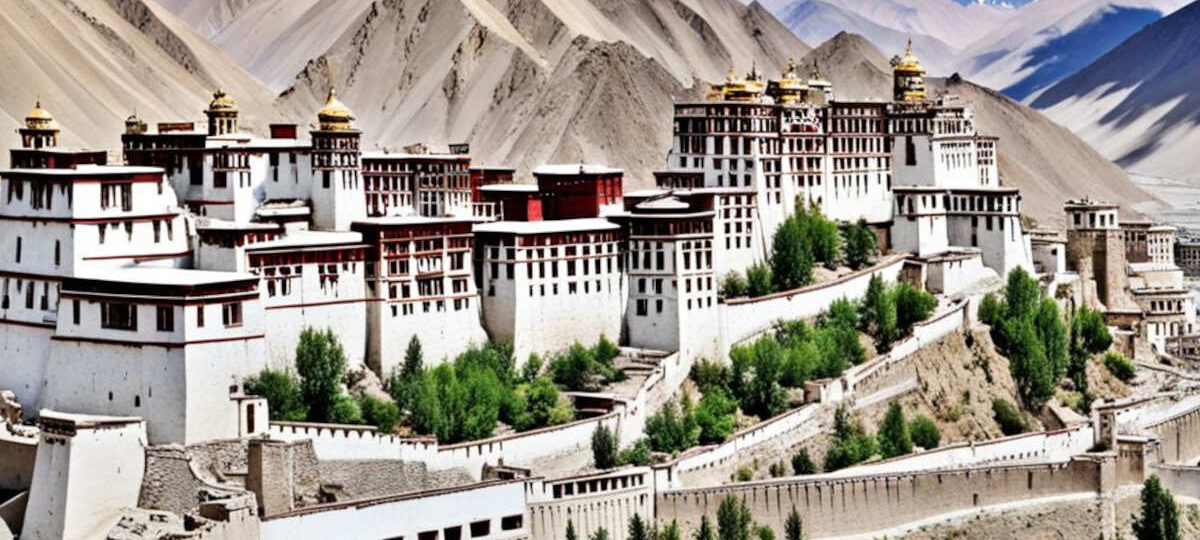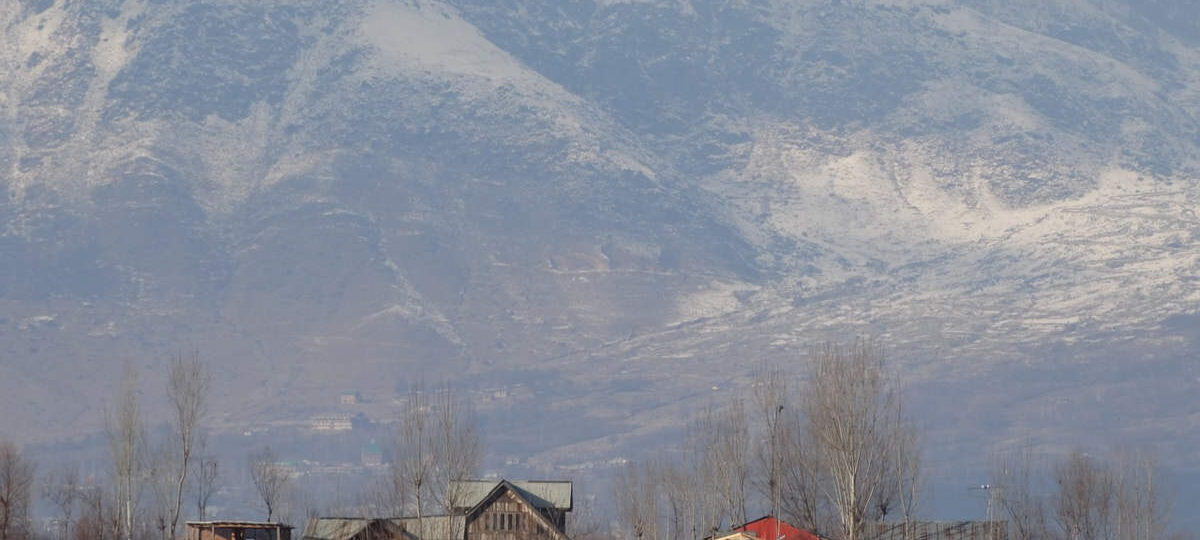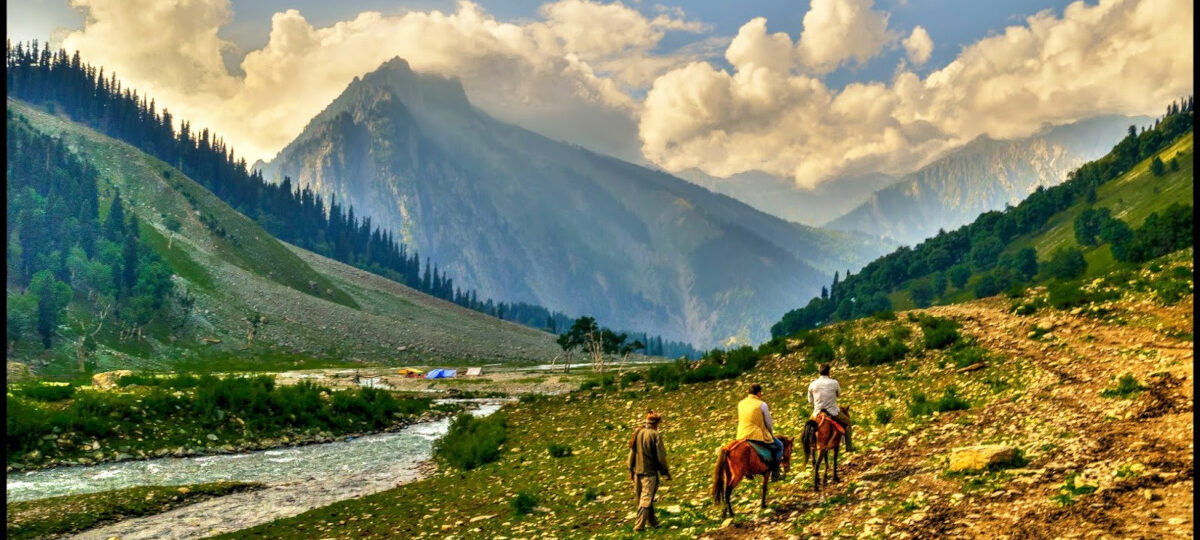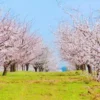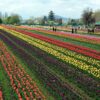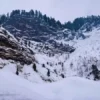Srinagar Srinagar, the summer capital of Jammu and Kashmir, is one of the most picturesque destinations in India, offering a blend of natural beauty, culture, and adventure. Srinagar offers a mix of relaxation, cultural immersion, and adventure, making it a must-visit destination for travelers seeking a unique and unforgettable experience The city is a paradise for food lovers with dishes like Rogan Josh, Yakhni, and Gustaba, as well as the famous Kahwa tea. Sites like Hazratbal Shrine and Shankaracharya Temple reflect Srinagar’s spiritual essence. Staying on traditional wooden houseboats in Dal or Nigeen Lake is a memorable experience. Places to Visit Shankaracharya Hill Shankaracharya Hill is one of the most prominent and revered landmarks in Srinagar, offering both spiritual significance and stunning panoramic views of the city and Dal Lake. It is home to the ancient Shankaracharya Temple, dedicated to Lord Shiva. It’s believed to have been built in the 9th century and is associated with the great philosopher and saint Adi Shankaracharya, who visited the region. Pilgrims from all over the country visit the temple to seek blessings and meditate, making it an important spiritual destination in the region. Shankaracharya Hill is a blend of natural beauty, spirituality, and cultural richness, making it a must-visit spot in Srinagar for both travelers and pilgrims Best Time to Visit Summer (April–October) is the most popular time to visit due to the pleasant weather and clear views. In winter (December–February), the hill can get covered in snow, creating a more magical but potentially challenging experience for visitors. Tulip Garden The Tulip Garden in Srinagar, officially known as Indira Gandhi Memorial Tulip Garden (IGMT), is one of the most iconic and picturesque attractions in Kashmir. Located at the base of the Zabarwan Range, overlooking the scenic Dal Lake, this garden is a must-visit during its blooming season.The Tulip Garden is famous for its vibrant displays of tulips in various colors like red, pink, yellow, orange, purple, and white. The garden covers around 30 hectares and features more than a million tulip flowers, creating a colorful spectacle.The garden showcases a wide variety of tulip species, including single, double, fringed, and parrot tulips, which make it an exceptional place for flower lovers and photographers.Best Time to VisitSpring (April) is the prime season to visit the garden, as it is when the tulips are in full bloom. The blooming season usually lasts for about 3-4 weeks, typically from the end of March to mid-April, depending on the weather.The garden attracts thousands of visitors during this time, including tourists and photographers who want to capture the spectacular floral display. Dal Lake Dal Lake is one of the most famous and picturesque lakes in India, often referred to as “the Jewel in the crown of Kashmir”. Located in the heart of Srinagar, this beautiful freshwater lake is a major attraction for tourists from all over the world. Surrounded by the snow-capped Himalayan mountains and the lush greenery of Kashmir Valley, Dal Lake offers one of the most serene and mesmerizing landscapes in the region.On calm days, the lake reflects the surrounding mountains and houseboats, creating a mirror-like effect that’s a photographer’s dream. Dal Lake is famous for its houseboats, which are traditional wooden boats converted into floating accommodations. Staying on a houseboat allows you to experience life on the water and enjoy unmatched views of the lake and surrounding mountains. These houseboats range from budget to luxury options, with some featuring intricate Kashmiri woodwork, cozy interiors, and even private verandas. A shikara ride on Dal Lake is a quintessential experience in Srinagar. These colorful wooden boats, similar to gondolas, glide peacefully across the lake and allow visitors to enjoy the tranquility, stunning views, and local culture.Floating Markets: During early mornings, visitors can experience the floating market on Dal Lake, where vendors paddle their boats filled with flowers, vegetables, and other goods. Mughal Gardens The Mughal Gardens of Srinagar are a stunning legacy of the Mughal Empire, showcasing the grandeur and beauty of Persian-style landscaping. These gardens are one of the prime attractions in the Kashmir Valley, known for their symmetrical layouts, terraced lawns, flowing water features, and vibrant floral displays. There are several Mughal gardens in Srinagar, each offering a unique experience. The Mughal Gardens of Srinagar are not only a tribute to the grandeur of the Mughal Empire but also offer a peaceful escape into nature. Famous Gardens: Shalimar Bagh Nishat Bagh Chashme Shahi Shah-i-Hamdan Best Time to Visit the Mughal Gardens:Spring (April to June): This is the peak season when the flowers bloom, and the weather is pleasant. The gardens are lush and full of color.Autumn (September-November): The gardens’ foliage transforms into vibrant shades of red, yellow, and orange, offering a different but equally stunning view.Summer (July-August): Ideal for escaping the heat of the plains, the Mughal gardens provide a cool and pleasant environment.Winter (December-February): Though the gardens are not in full bloom, the snowfall on the mountains and the serene atmosphere make it a unique experience. Hazratbal Masjid Hazrat Bal Shrine is one of the most revered religious and cultural landmarks in Srinagar, Kashmir. Situated on the northern shore of Dal Lake, the shrine holds great significance for the local Muslim community and attracts pilgrims from around the world. The Hazrat Bal Shrine is famous for housing a revered relic, known as the “Moi-e-Muqqadas” (the holy hair strand of the Prophet Muhammad). It is believed to have been brought to Kashmir in the 17th century by a Mughal emperor, and it is displayed to the public only on special occasions, particularly during the Eid festivals and other significant religious events. The shrine is considered one of the holiest places in Kashmir, and thousands of devotees visit it each year, especially during the holy month of Ramadan and Eid celebrations. The shrine was originally built in the 17th century by Daniyal Shah, a Mughal noble, and it was later expanded and renovated during the reign of Sultan Zain-ul-Abidin in the 14th century.The structure of the

